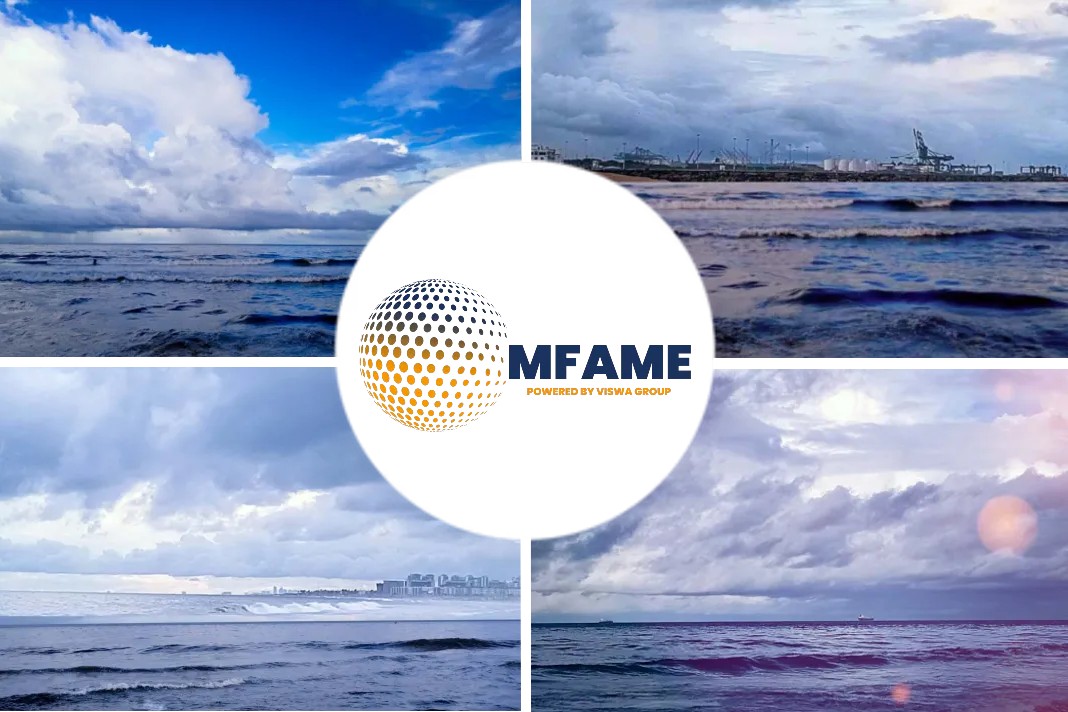- New Smart ‘Water in Oil’ Sensor aids ship operators to limit engine corrosion risk proactively.
- Smart WiO Sensor monitors percentage humidity by considering oil temperature
- It pre-alarms the crew for preventive measures once there’s 50% humidity.
- The alarm goes off whenever there’s 90% humidity, alerting the crew of probable free water presence.
A new Water in Oil (WiO) sensor continuously monitors dissolved water content in oil, and helps to proactively avoid engine and motor corrosion, says an article published in The Motorship.
How is it done?
Rivertrace’s new Smart WiO uses capacitive measurement of absorbed water in oil with continuous monitoring. The Smart WiO Sensor continuously monitors water content value as % humidity taking consideration of the oil temperature. The sensor also measures the saturation of the oil independently from the oil type and oil age.
How will it help the shipping industry?
Gillian Peden, business development manager at Rivertrace, said: “Rivertrace is committed to ensuring that the marine industry has the right tools to measure Water in Oil and limit the risk of engine corrosion and premature wear with our solution the new Smart WiO Sensor.”
How does it operate?
The Smart WiO Sensor is intended to be used for preventative maintenance protocols and condition-based monitoring for lubricating and hydraulic oil, detecting water presence to avoid costly damage and premature wear with early warnings from pre-set alarms.
- At 50% humidity the WiO Sensor shows a pre-alarm allowing the crew to take preventative actions to reduce the water content.
- At 90% humidity the main alarm is triggered alerting crew before any free water is present in the oil.
Water in oil content has traditionally been measured by test kits which detect free water in lubricating oil or emulsion from 100.02% humidity. However, any water content values measured exceeding 100% humidity indicate that free water is already present and causing harm.
Did you subscribe for our daily newsletter?
It’s Free! Click here to Subscribe!
Source: Rivertrace

























show to connect external alarm